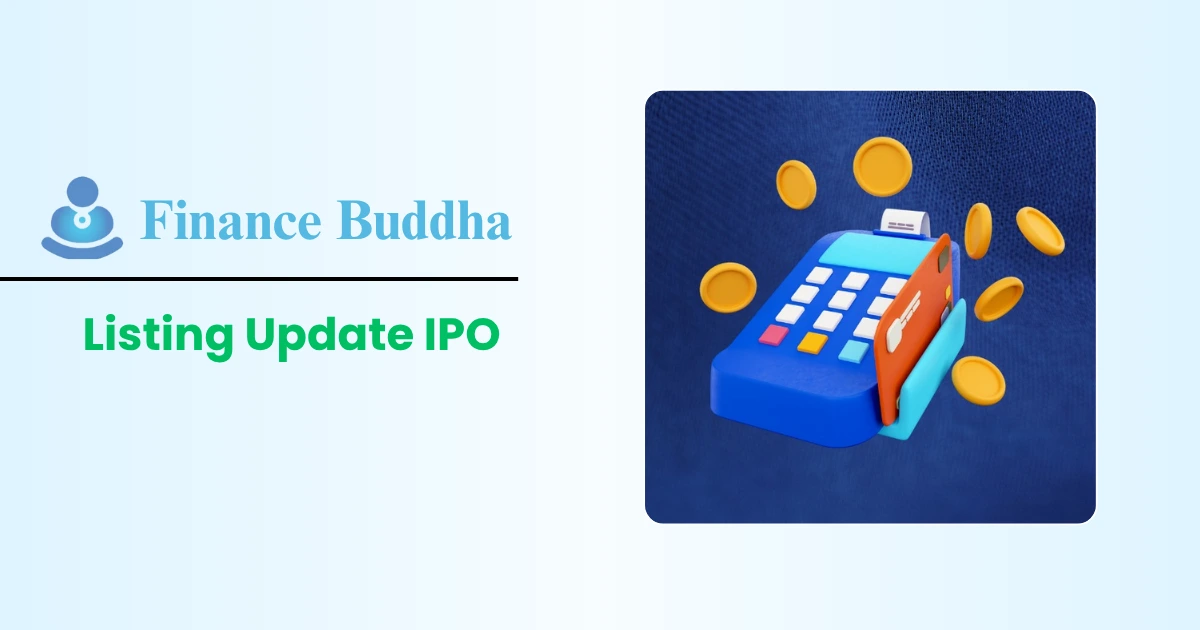About NFO Fund
To launch a new NFO mutual fund in the stock market, the company which is registered with SEBI and AMFI Mutual Funds in India, the asset management company submits all the documents related to its scheme like SID, KIM, SAI to the market regulator. After getting approval, the newspaper is published to raise funds for its plan.
New NFO fund is also almost similar to Initial Public Offering (IPO).
When the AMC company brings its NFO offer, it gives its investor an opportunity to buy the units of the mutual fund at a price of about Rs 10 per unit.
These funds, both open-ended and closed-ended, are launched through new fund offer for a limited period, after which these mutual funds trade on the stock market NSE and BSE based on the net asset value (NAV).
Top Asset Management Company in India
- SBI Funds Management Ltd. ₹11,93,297 Cr.
- ICICI Prudential Asset Management Company Ltd. ₹ 9,87,232
- HDFC Asset Management Company Ltd. ₹ 8,65,702
- Kotak Mahindra Asset Management Company Ltd. ₹ 5,41,199
- Nippon Life India Asset Management Ltd. ₹ 6,44,226
Understanding New Fund Offerings (NFOs)
as Per SEBI (Securities & Exchange Board of india)Regulations, A New Fund offer Can Remain Active in The Stock Market for a Maximum of 30 Day, The offer price band for investing in such mutual funds can be as low as Rs 10, and the proceeds can be used to purchase stocks of various publicly traded companies listed on the stock exchange.
after The New Fund Offer Closs, any Trade of the Respective Mutual Fund Should be Done Based on The NAV of The Fund.
investing in Mutual Funds Through New Fund offer in the Market can Prove to be Quite Profitable, As Investors Get access to the Respective Units by Paying a Nominal Amount. Therefore, the Subsequent Profit Earned is Substantial, Helping individual to Make Huge Capital Gains when the Mutual Fund Starts Trading in the Open Market.
Types of New Fund Offer (NFO)
1.Close ended Funds
These types of mutual funds are linked to a fixed amount of money, which is raised through a new fund offer. After the subscription period ends, no further additions can be made to your mutual fund portfolio, and the NAV of this fund is determined based on the number of units in circulation relative to the total value of the underlying assets.
The purchase and sale of mutual fund units is similar to the stock market, in which it must always be done through the market exchange. The price at which the (NAV) units are traded depends on the overall demand and supply in the market, which determines whether a unit is being traded at a premium or a discount.
Let us understand this with the help of a simple example. Ms. Mona Yadav has invested in an A mutual fund to buy 100 NAV units at the rate of Rs 10 per unit. After The Mutual fund Started Operating in the stock market, its NAV value became Rs 12 [due to fluctuation in the price of the Assets in This Portfolio]. Thus, The Current Value of Her Investment is Rs 1,200 (12×100).
If, for any reason, Mona Yadav decides to sell her investment in the stock market, where investors are willing to pay Rs 16 per unit. Hence, we can conclude that the mutual fund trades at a premium to its NAV value.
Taking another example, in case of a negative outlook about the performance of Fund A, the NAV value of the mutual fund may fall anytime, say, to Rs 9 per unit. In such a situation, Fund A is trading below its NAV value, and you will incur a loss on selling the respective shares.
2.Open ended Funds
Most mutual funds in the stock market can be classified as open-ended funds, where the number of units of the respective fund fluctuates according to demand. New Fund offers Allow individual to (Buy Unit of a Mutual Fund) Before its NAV,s is Determined, Allowing the Investor to Gain in the Long Term. Once a mutual fund begins operating, investors have to pay the corresponding net asset value to acquire each unit of that fund.
Let us understand with the help of an example, Sumita invests in an open-ended mutual fund B at Rs 150 per unit during its new fund offer. By purchasing 500/50 units. When the fund becomes active, that NAV value increases to Rs 200 per unit (depending on the performance of the underlying assets), which means any new purchases will have to be made at this price. If she decides to sell her share of the fund, Sumita will be eligible to receive Rs 1,000 (50×20) at the new NAV value.
At present, both open-ended and closed-ended funds can be chosen as investment instruments, as both offer you the possibility of capital gains as well as dividend returns (depending on the type of investment plan). While open-ended funds are actively managed by portfolio managers, closed-ended funds are managed based on a benchmark index.
People also ask
Question 1: What are NFO funds?
Answer 1: NFO is like the IPO of mutual funds it’s the first time the public can invest in a new mutual fund scheme, usually at ₹10 per unit.
Question 2: Is NFO a good investment?
Answer 2: An NFO can be a good investment if it offers a new theme, has a strong fund manager, and fits your long-term goals. But be careful — not all NFOs are better than existing funds. Always compare before investing.
Question 3: What is 10 Rupees NFO?
Answer 3: A ₹10 NFO means you can buy units of a new mutual fund at just ₹10 each during its launch period. It’s the starting price before the fund begins regular trading.
Question 4: What is the risk in NFO?
Answer 4: An NFO is new, so you can’t see past performance. The strategy may not work as expected. Some NFOs are launched just to attract attention, not value.
Question 5: Is NFO better than IPO?
Answer 5: No they serve different purposes.
- IPO means buying shares of a company.
- NFO means investing in a new mutual fund.

































3 thoughts on “New Fund Offers 2025 | India’s Latest Mutual Funds”